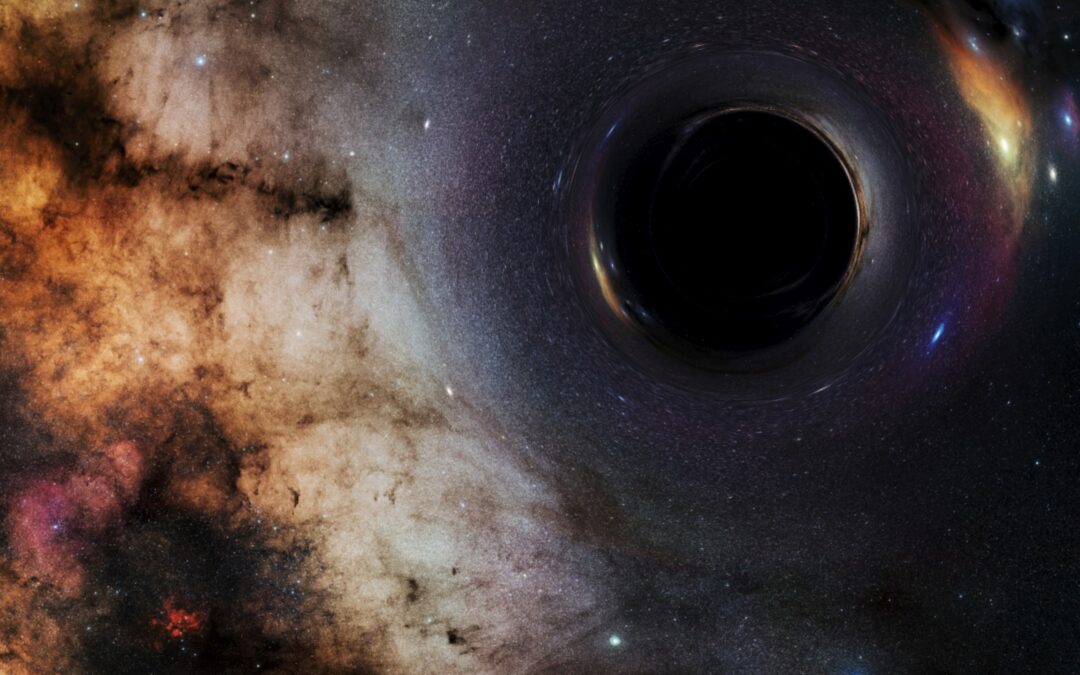The discovery will appear next Friday on the Monthly Notices of the Royal Astronomical Society scientific journal. In it the radiation captured by clouds that surround Black Holes is quantified, while these feed, which can be visualized here.
Films and series of science fiction like Interestelar or Star Trek have brought Black Holes from the depths of the universe to our eyes. This time is astronomers that work in our country who after months of work and the study of these systems using state of the art super computers, discovered something that contemporary astrophysics didn’t know.
«We carried out a large quantity of calculations on supercomputers that simulated the interaction between the light and matter that surrounds super massive Black Holes (of matter of miles of millions of times the one of our Sun), which are known as Active Galactic Nuclei» explains Marko Stalevski, postdoctoral researcher of the Department of Astronomy of the Faculty of Mathematical and Physical Sciences of Universidad de Chile and first author of the research.
Until the final stages of this study it was known that when Black Holes fed, in other words, when something fell inside its center «the material, reached very high temperatures and emitted radiation. What we didn’t know was how much of that radiation was captured by the gas and dust cloud that surrounded the object (which astronomers refer to as «Bull»). We were able to measure it, simulate it computationally and realize that it retained much less quantity than what was thought» explains the scientist.
For Paulina Lira, astrophysicist of Universidad de Chile and one of the authors of the paper this discovery is specially relevant: “this finding allow us to know how black holes grow as they feed. If we don’t know how much radiation is intercepted by the cloud that surrounds the object, then it would not be possible for us to quantify well that quantity. This paper allowed us to know it»
The research gathered data captured by diverse telescopes such as : Herschel, Spitzer and Hubble, the terrestrial telescopes: Subaru, Galex, Ukirt and CFHT and from the Sloan Digital Sky Survey. The analysis work took 12 months and the simulations were carried out in various super computers, specially Leftraru from the Center for Mathematical Modelling of the Faculty of Mathematical and Physical Sciences of Universidad de Chile, where close to two thirds of the development of the calculations was realized.
What´s coming
«Our idea is that other astronomers take our results and apply them to their studies of Black Holes, to thus understand better how they are born and grow since the beginning of the Universe till now» concludes PhD. Lira.
The research will be published on Friday the first of April in the website of the scientific journal Monthly Notices of the Royal Astronomical Society, Oxford University Press.
Source: Imagen de Chile

